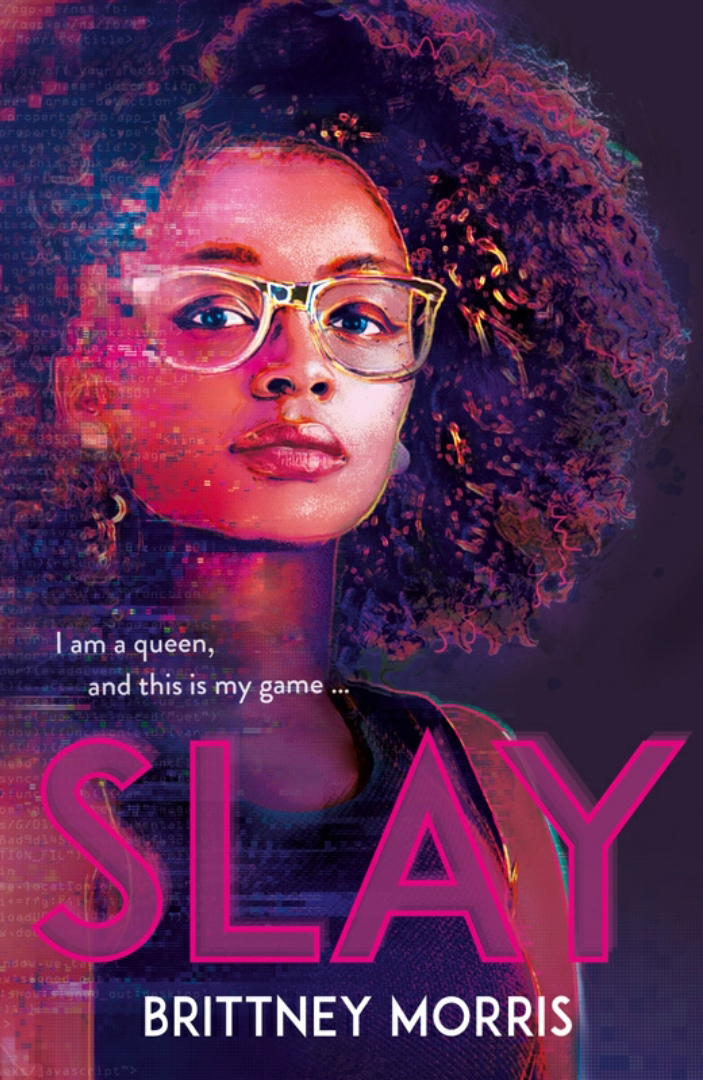Last Thursday, 87 countries – including Guyana and many of the CARICOM Member States – celebrated International Girls in ICT Day under the theme “Connected Girls, Creating Brighter Futures”. The International Telecommunications Union created this event ten years ago to foster “a global environment to encourage girls and young women to consider careers in ICT and STEM” (UNICC).
The CARICOM Secretariat hosted its own events on Thursday and Friday. In one of these activities, participating girls were able to watch a live tutorial of basic game development using Scratch. They were also encouraged to make their own game for a change to win a prize next month.

The gaming industry has been growing over the last few years, and as more women enter STEM careers in the Caribbean, we will see the Region tapping into its potential to produce and market home-grown games. Currently, there is a global gender disparity regarding game developers as only 24% of the world’s game developers are women, as opposed to 71% who are men. The Caribbean can counterbalance this gap as it produces more gamers and game developers. Seeing representation is just one of the steps toward this goal.
Therefore, for this week’s review, I decided to cover a book that showcases the theme for this year’s Girls in ICT day, centres a female game developer and shows some of the struggles she has both online and offline. This book is Brittney Morris’ Young Adult (YA) debut novel SLAY.
By day, I’m an honors student at Jefferson Academy. At night, I turn into the Nubian goddess most people know as Emerald.
– Kiera Johnson’s introduction, (p. 1)
Kiera Johnson, the protagonist of SLAY, lives a complicated double life. In her offline life, she’s a big sister, devoted girlfriend, diligent math tutor and, most importantly, an honours student with an eye on college. She goes to class, butts heads with students who annoy her and dreams of her future education, career and life with her boyfriend, Malcolm. In short, she is a pretty normal seventeen-year-old girl.
When she gets home, and as soon as she finishes her homework and studying, she locks herself into her room and moonlights as Emerald, the game developer behind a virtual reality, massively multiplayer online roleplaying game (MMORPG) called SLAY. This game was designed exclusively by and for Black gamers. It is so exclusive that to play SLAY one needs to get a passcode from another SLAYer, and passcodes are only distributed to Black gamers who know the secret codewords to help them get one. By creating SLAY, Kiera – with the help of her second-in-command, Cicada, created a safe space for gamers like themselves, where they and the hundreds of thousands of players could immerse themselves in gameplay built primarily on African and African diaspora culture and experiences.
Things get complicated just hours before the semi-finals of an in-game championship match when Anubis, one of the most prominent players in the SLAY universe, goes missing. Soon, Kiera gets shocking news: Anubis was a teenager who was killed when a deal to trade in-game currency for real money went sour. Suddenly, the relatively secret game is all over the news, and being portrayed by the media as a racist, violent game run by and played by “thugs”.
Just as Kiera is trying to figure out how to address Anubis’ death without outing herself to the world, a troll invades the game, threatening to destroy all that she has built. To protect her safe space, her players and herself, she faces him head-on.
****
SLAY touches on a lot of themes, most of which centre on race and racism in the gaming industry. However, Morris creates a protagonist who is an excellent role model for women and young girls who want to get into the gaming industry. Kiera is a passionate, innovative, and team-oriented young woman. Upset with the lack of positive black representation in the games she used play, she downloaded a game engine when she was 14 and taught herself how to make games she wanted to play in her spare time. She also collaborated with independent artists to make the cards the game uses. Her second-in-command, Cicada, who is a French Computer Science student, helped Kiera to both moderate in-game events, and to host and maintain the SLAY on the university servers she had access to.
While Kiera’s intentions were initially just about herself, she later expanded the game to create space for hundreds of thousands of people to play in her world. Through some short cutaway chapters, Morris shows us that Kiera really did connect girls to create a brighter present for herself and others and ultimately a brighter future for the gaming industry itself.
“That’s the African girl.”
I freeze, resolving not to turn around. The
African girl? Really?
“What’s her name?” comes the next question,
also in Italian.
I take a deep breath and begin checking out our system security, moving down my checklist to my list of the Ten Immutable Laws of Security Administration. But the boys are still talking, and now they’re discussing blockchain security.
“Do you think she would know? She’s in our
class, right?”
“The hell would she know about blockchain?”
All right, I’ve had enough. I give up on finishing my list, push myself to my feet, shut and lock the server room door, and turn to face them.
“I’m happy to help,” I say in my sweetest Italian. “Would you prefer that I explain in Italian,
English, or French?”
– Cicada defending herself against, sexist
classmates (p. 222)
Morris also highlights the sexism and racism that both women experience in both the gaming industry and in their STEM classes. In Cicada’s case, while she is clearly on top of her game at university, people in her school take her for granted because of her race and her gender. She is estranged from her father because he believes that computer science is “dangerous”. She also often finds herself feeling defensive and out of place because of the racism and sexism at school, and in Paris in general.
Kiera, on the other hand, feels compelled to hide the fact that she is the game developer of one of the world’s hottest games in her time. Her boyfriend, Malcolm, is staunchly prejudiced against video games as he believes that “video games are distractions promoted by white society to slowly erode the focus and ambition of Black men.” (p. 10). Kiera shows that his perception is severely limited because she created the game to honour, not erode, the richness of Black cultural diversity.
At the same time, she hides the game from her family because of the many experiences she has with her mother’s judgemental attitude. She has the tendency to always correct her speech and mannerisms, and to label what Kiera’s sister calls “Black innovation” as “ghetto”. Not wanting to have to face her mother’s judgement over her brand of innovation, Kiera chooses to hide the game from the people closest to her.
Through Kiera and Cicada’s hesitancy and loneliness, Morris shows us that sometimes, women limit themselves because they do not believe that they have the permission to be innovative for fear of judgement and open ridicule. Further, there is the fear of harassment for their creation. The troll who invades her game does everything he can to make Keira feel like she should not have envisioned, developed and promoted a game. Throughout the novel, we see how Kiera battles with her own impostor syndrome and, with the help of her sister and girlfriends, ultimately convinces herself that she was not in the wrong for simply existing and creating.
****
SLAY is one of the most interesting books I have read so far for the year. While this book explores weighty topics, Morris counterbalances it with joy, community and beautiful homages to women and girls in STEM.
My only wish was that Morris expanded a little more on the characters in the three cutaway chapters she used to show how SLAY impacted some regular players, their families, and their businesses. While one of them came back at the end of the novel, the other two vanished from the narrative altogether, even though their presentations made them seem like they would have been more important to Kiera toward the end of the novel.
While this was mildly disappointing, the book was still a good overall read, and I genuinely enjoyed it. I would highly recommend it to anyone who wants to encourage a girl in their life to get into gaming, coding, or any other ICT-related field. Who knows? She might just go on to create a game that would bring joy and comfort to Guyanese and the Guyanese diaspora.
Special thanks to Chloe of the Thistle and Verse YouTube channel for recommending SLAY for this month’s readings.
Want to read another book like SLAY? Try out these books:
Don’t Read the Comments by Eric Smith
Heaviness of Knowing by Sharolyn G Brown
Do You Dream of Terra-Two by Temi Oh
Scan the QR code below for links to a UNICC report on Girls in ICT and the Thistle and Verse YouTube channel.
Nikita Blair is a speculative fiction and creative non-fiction writer. Her work has been featured in Moray House’s Ku’wai magazine, The Guyana Annual, and the Commonwealth Writer’s blog. A collection of her work is featured on her blog, blairviews, where she writes book reviews, essays, and articles on topics of interest.







